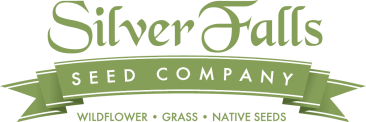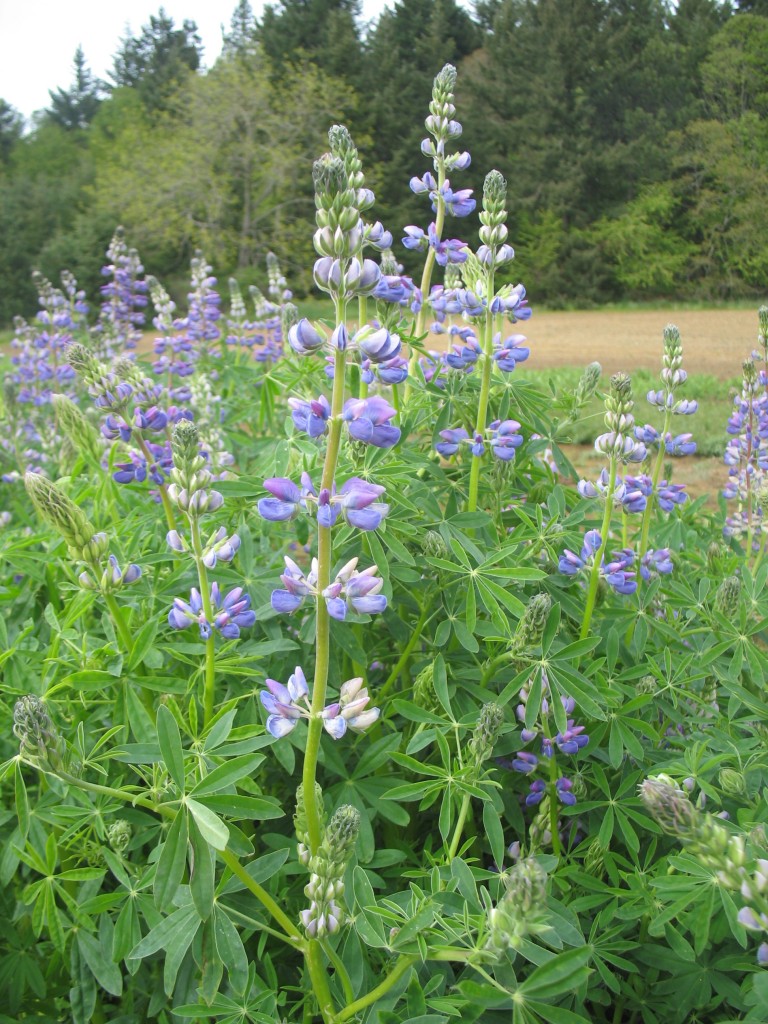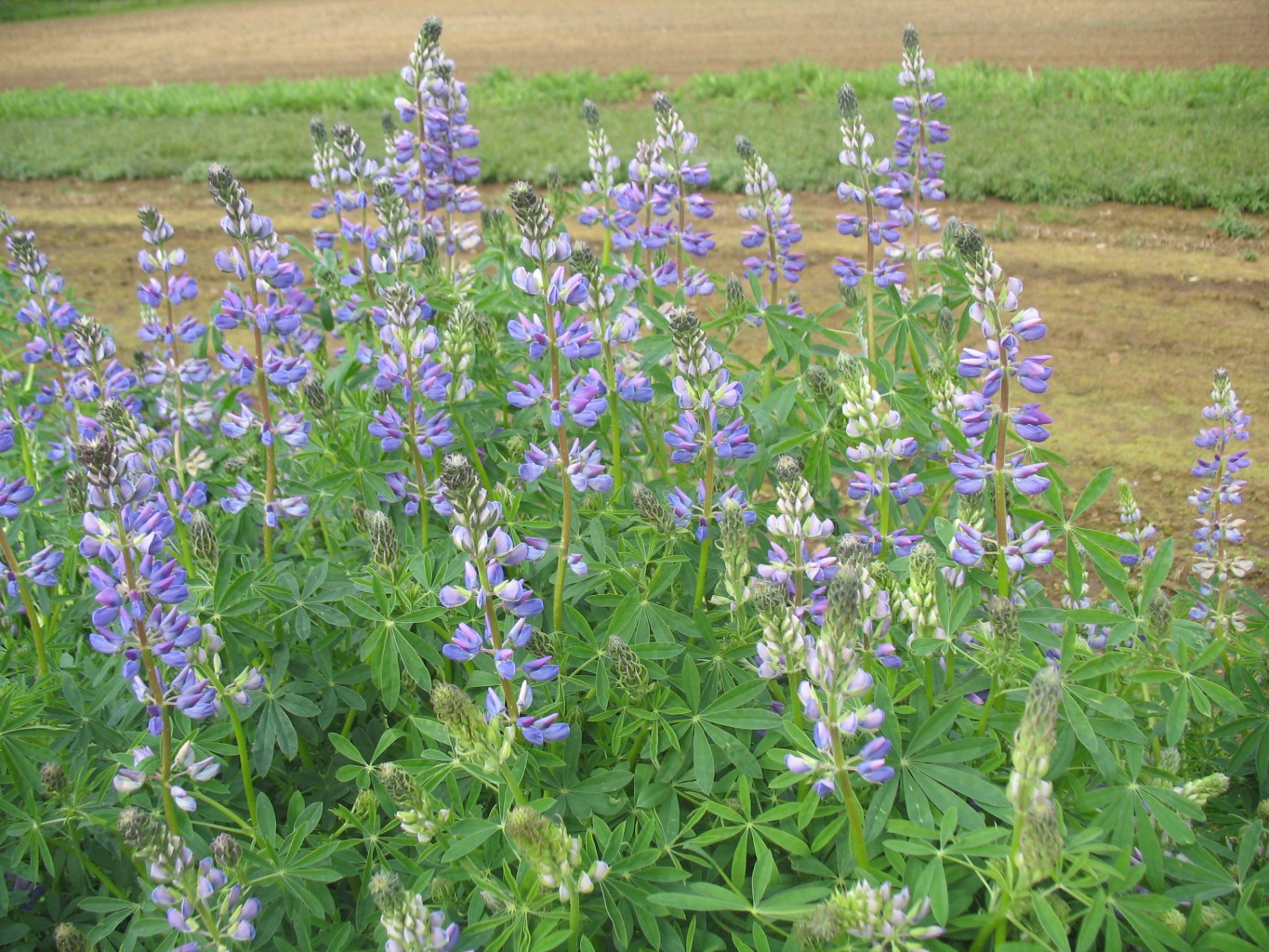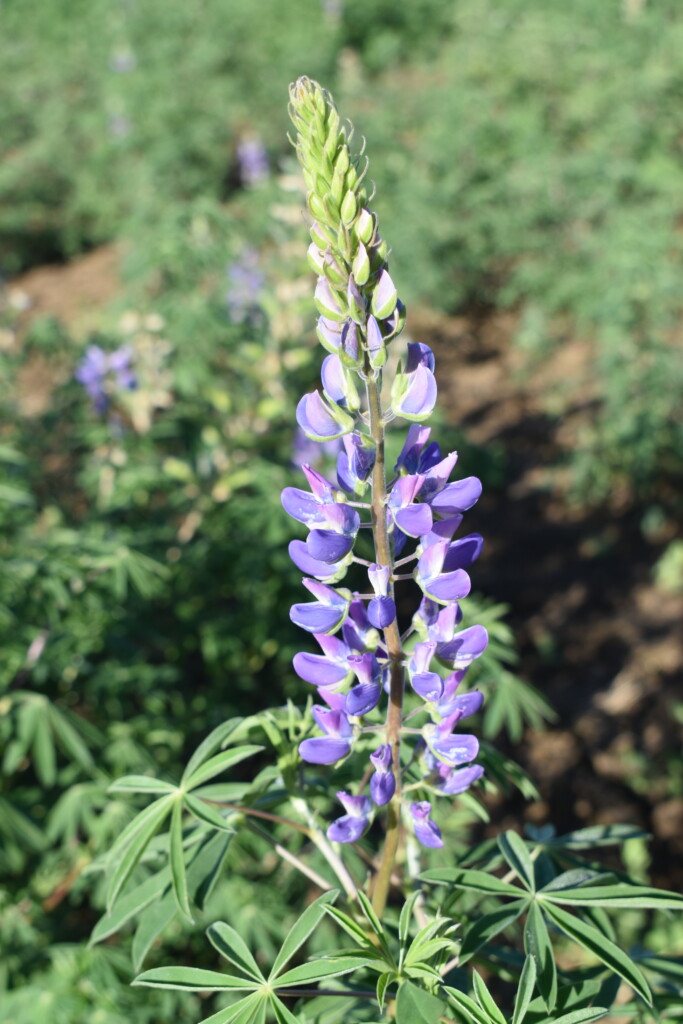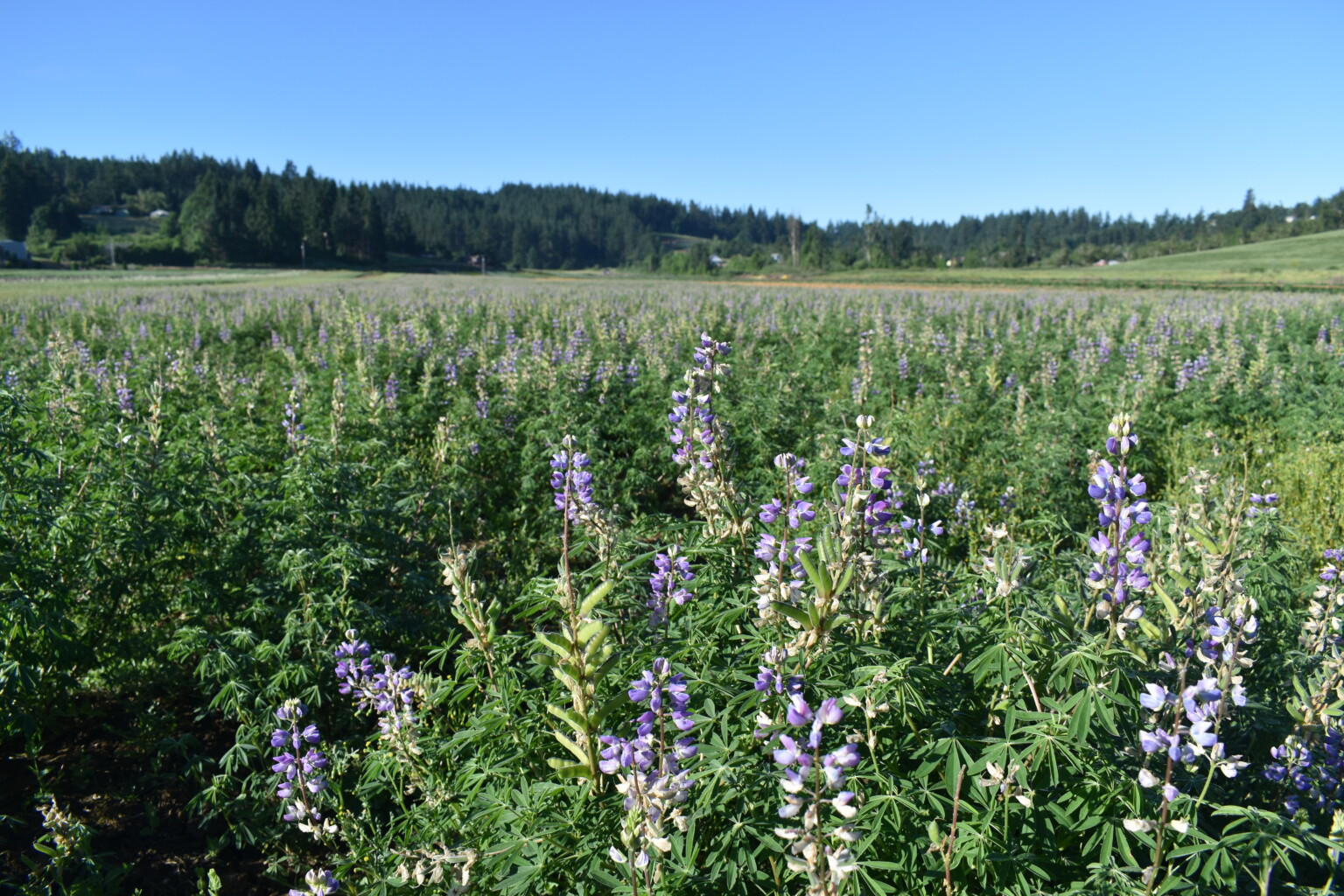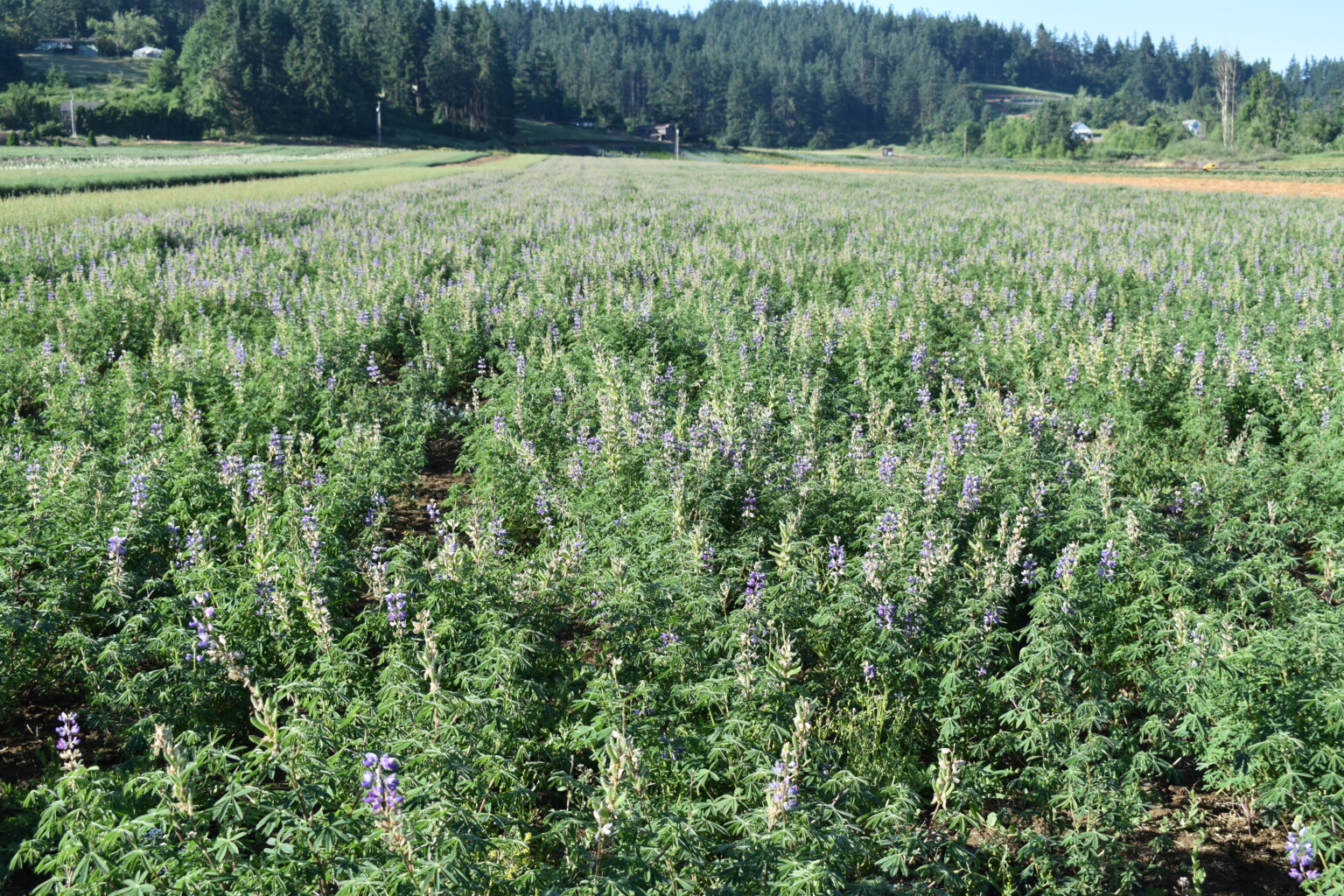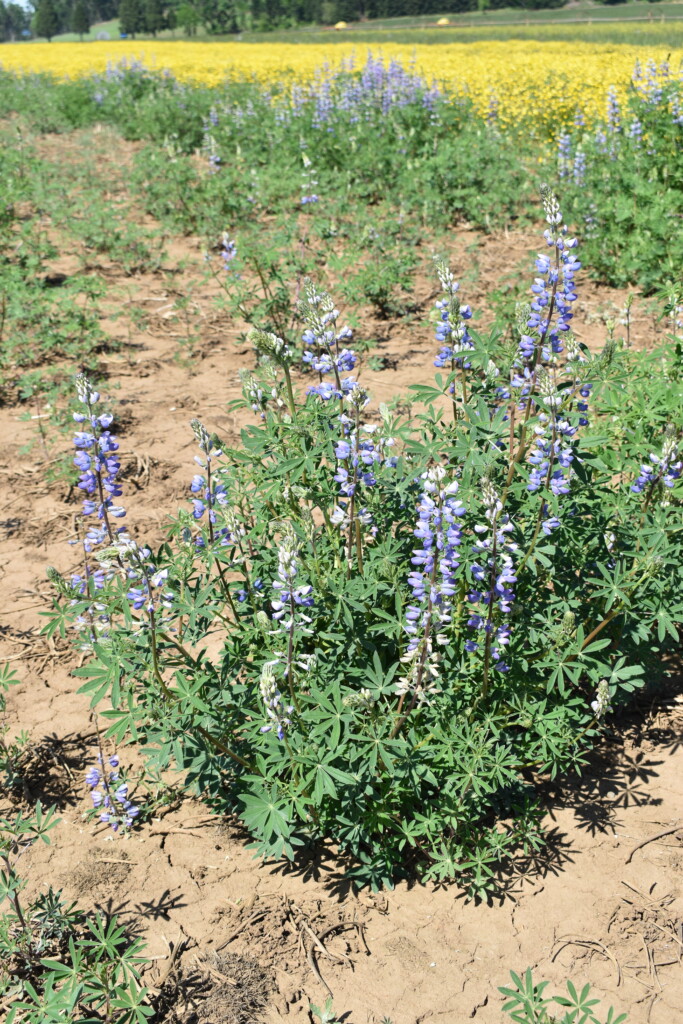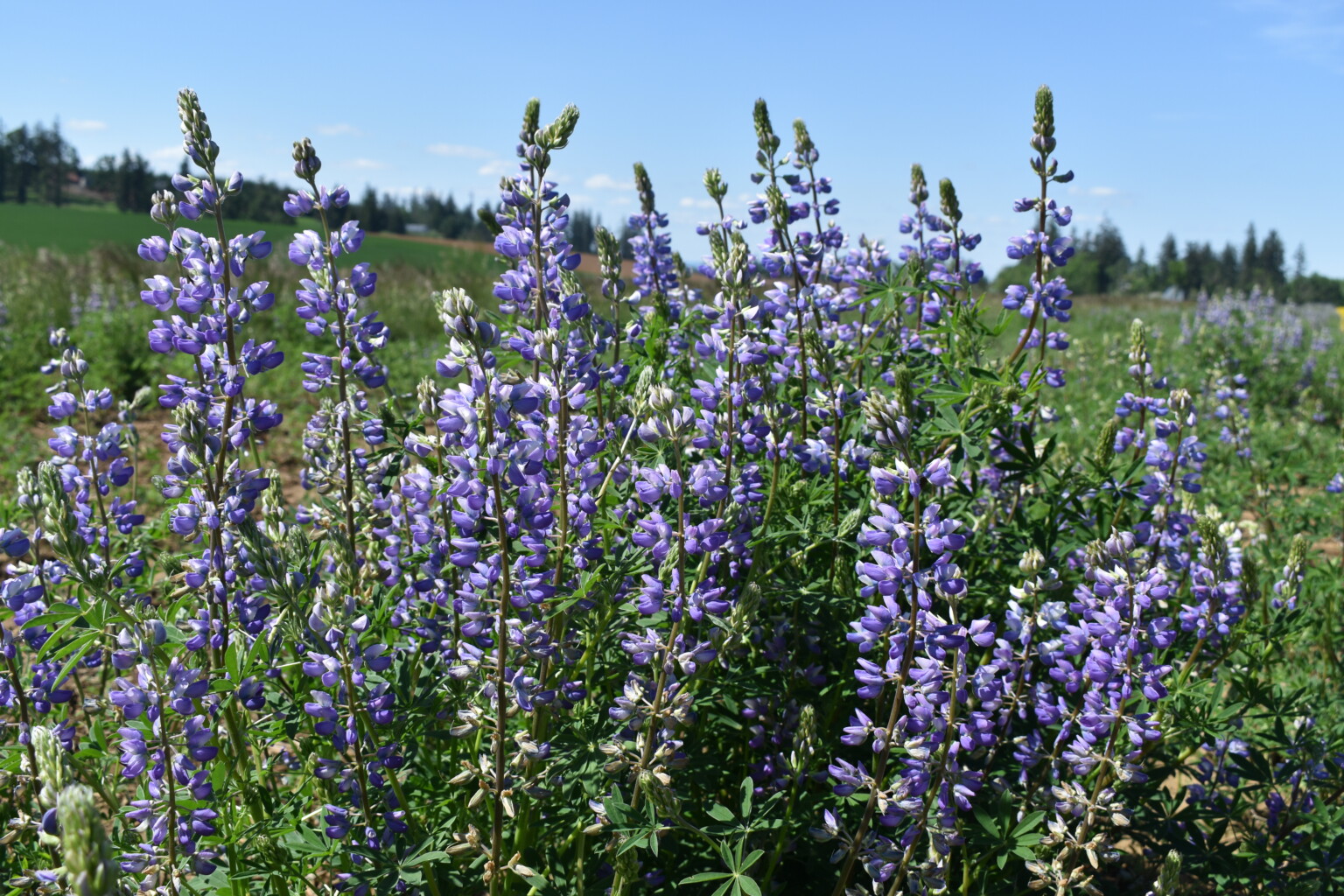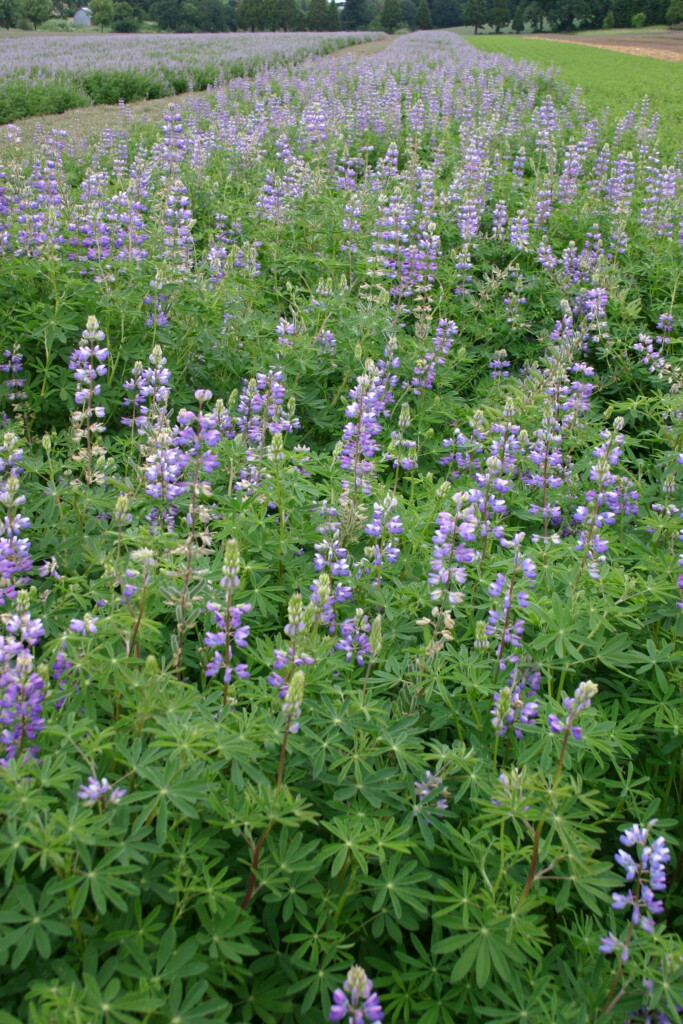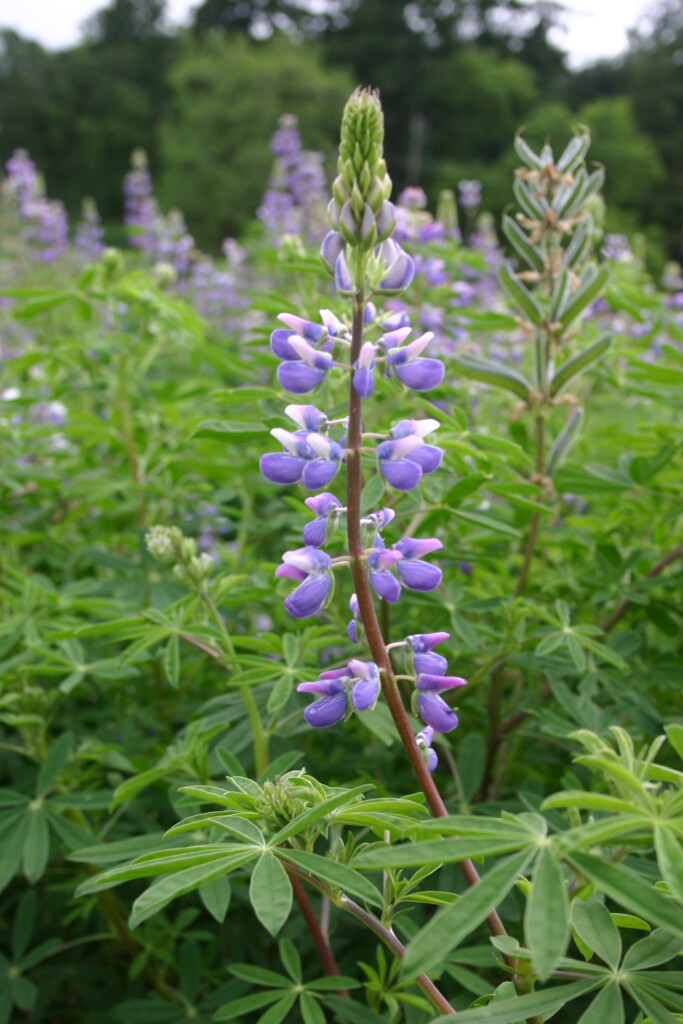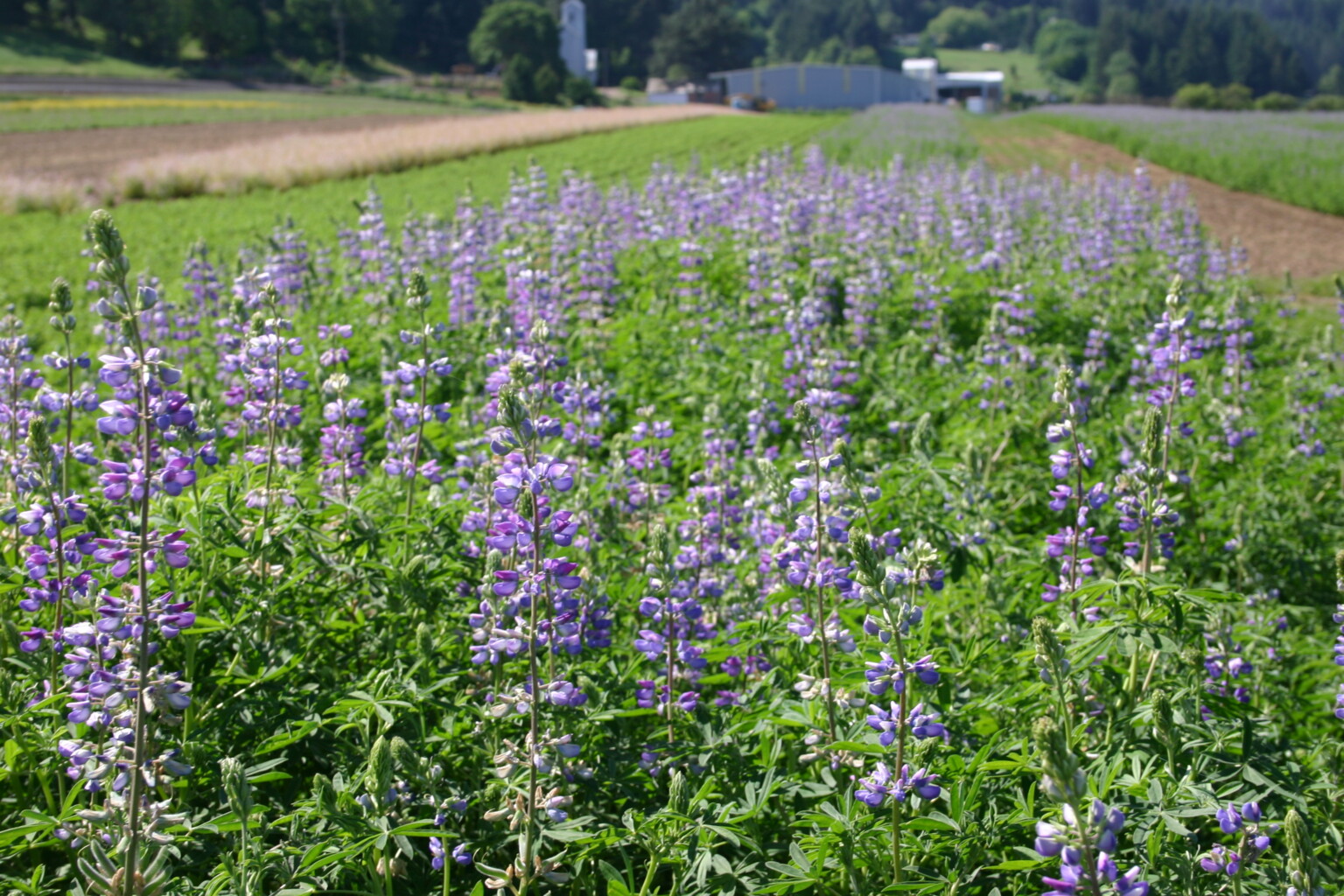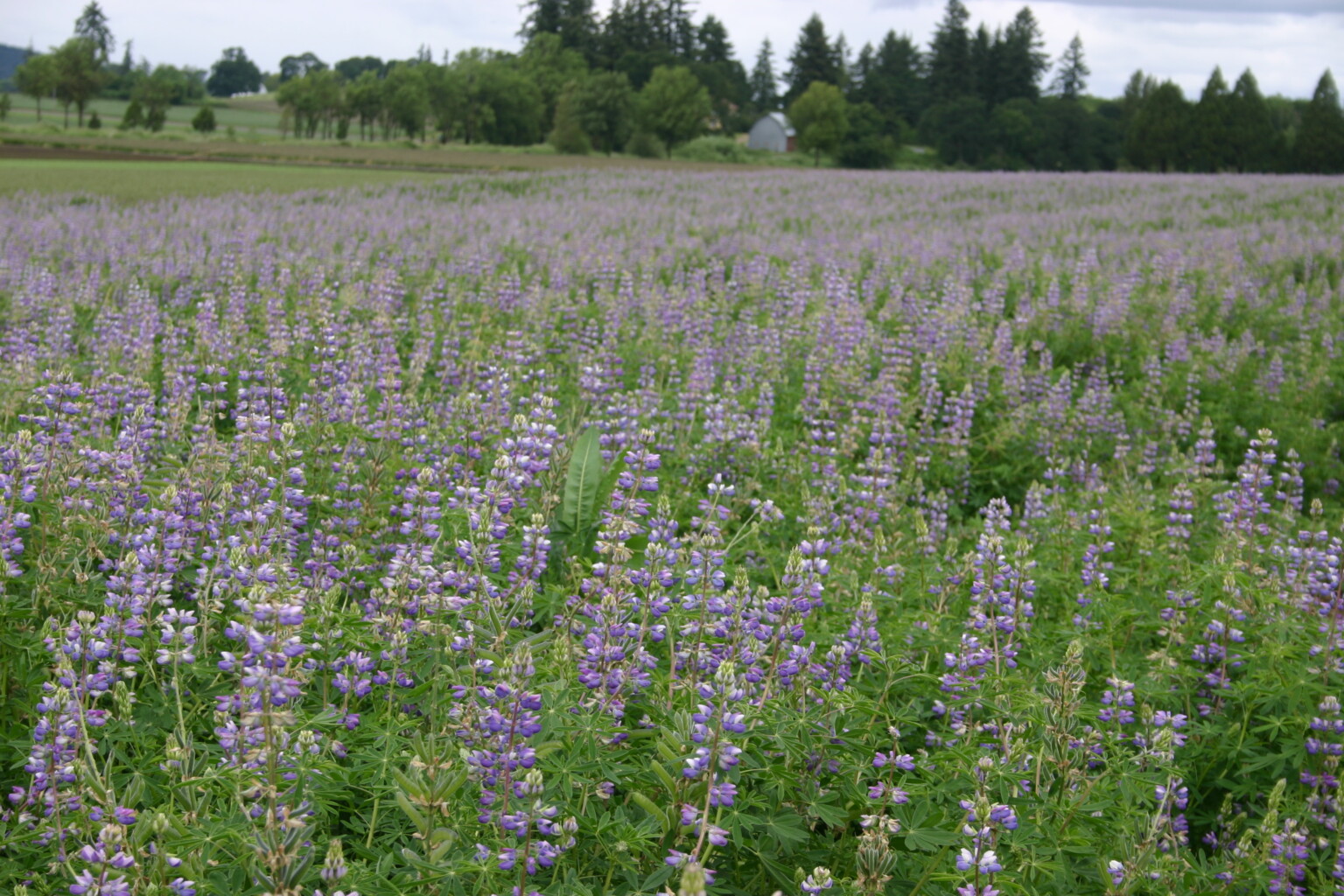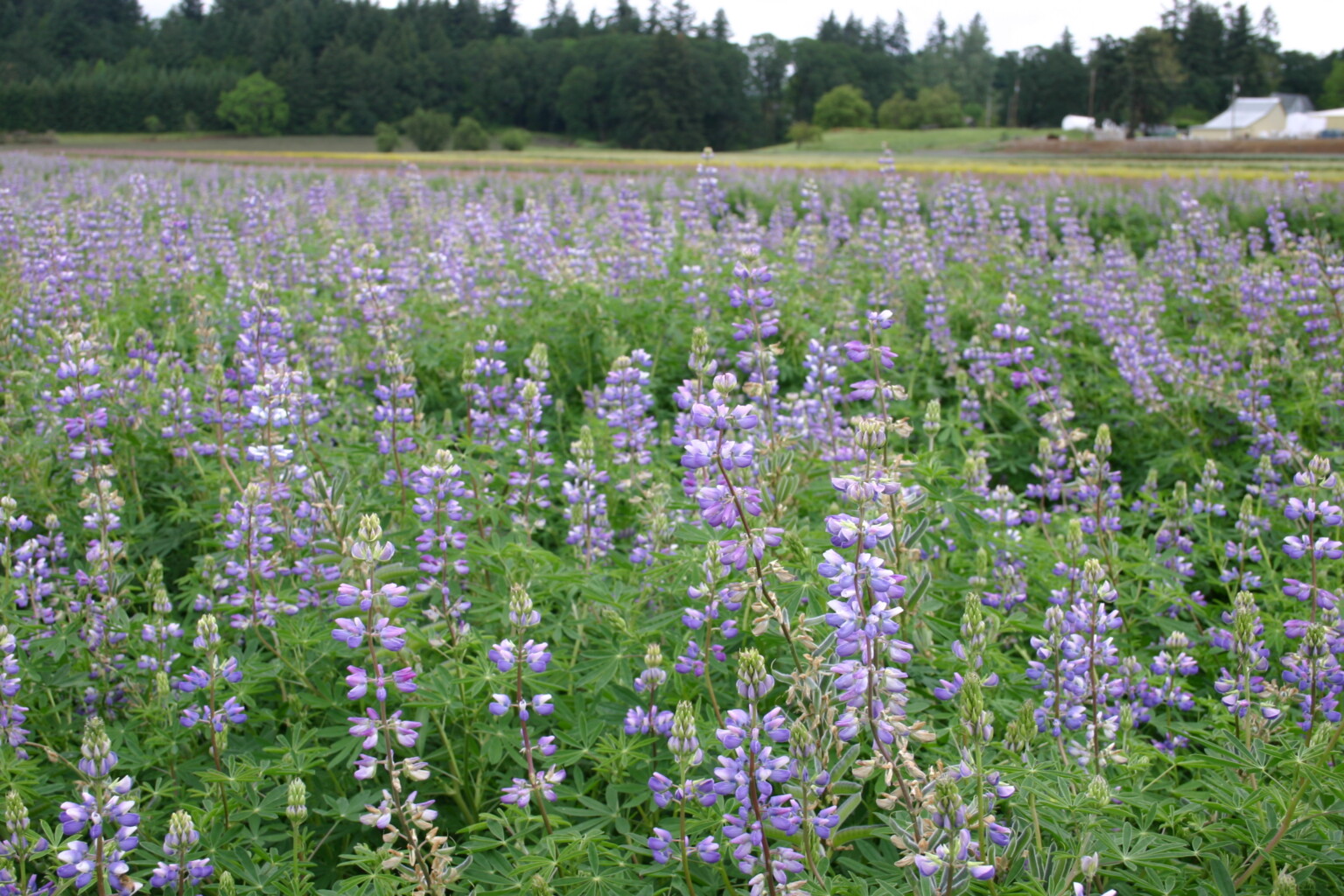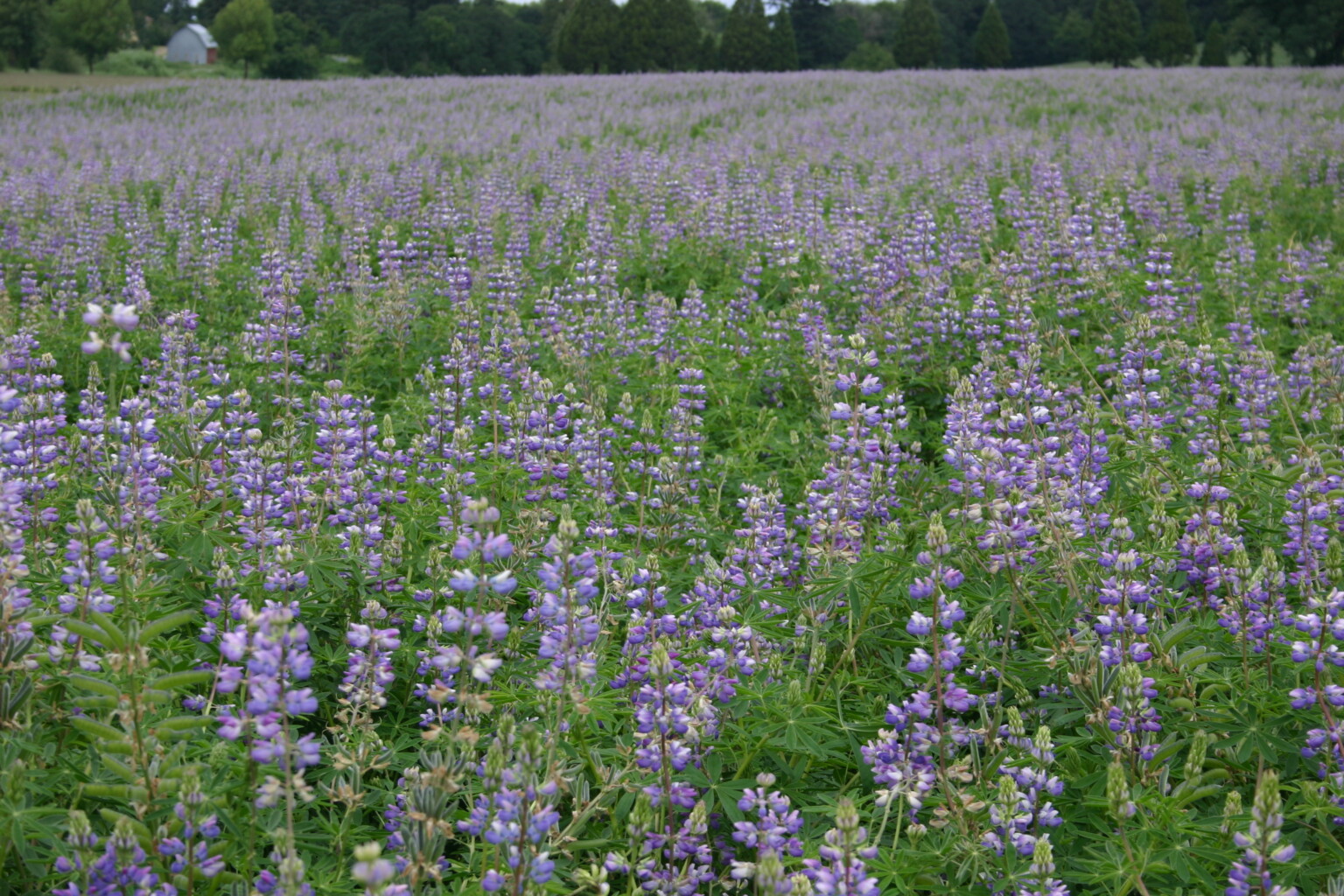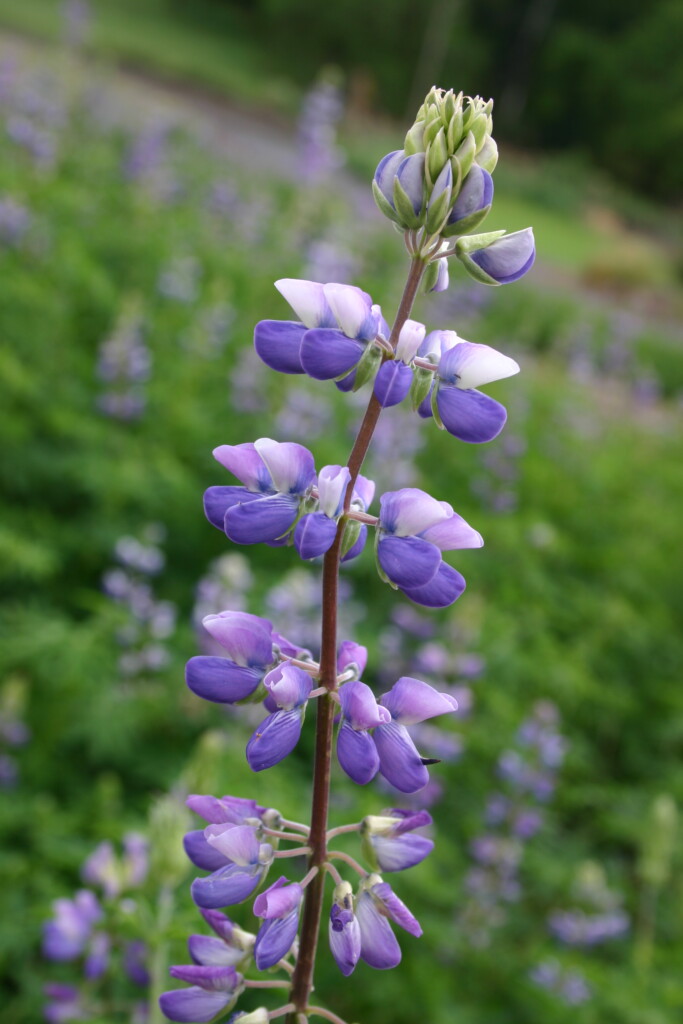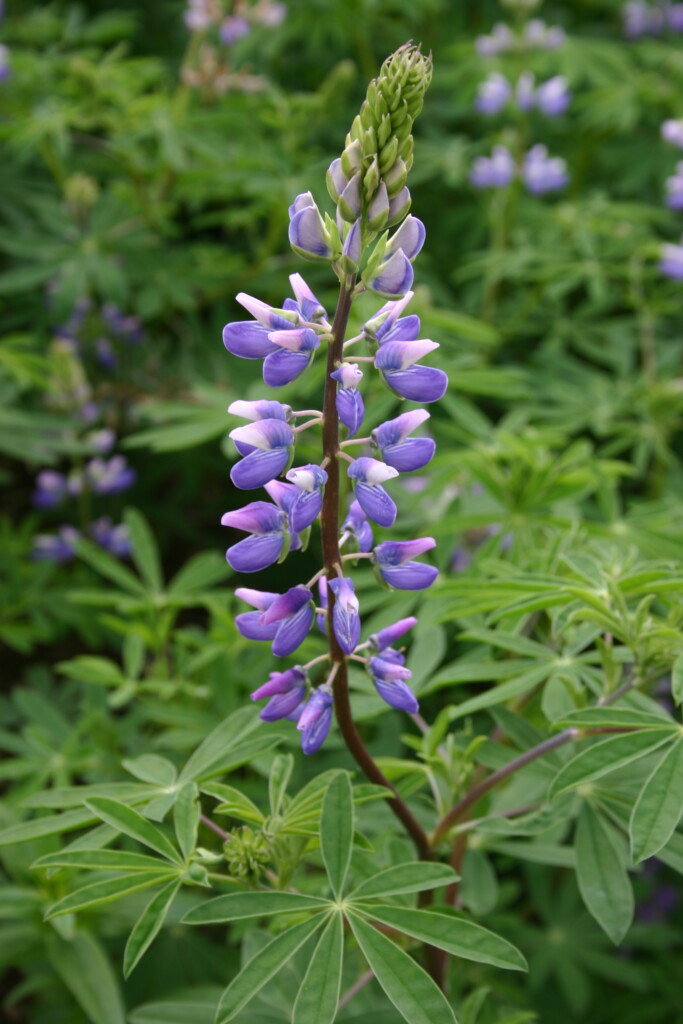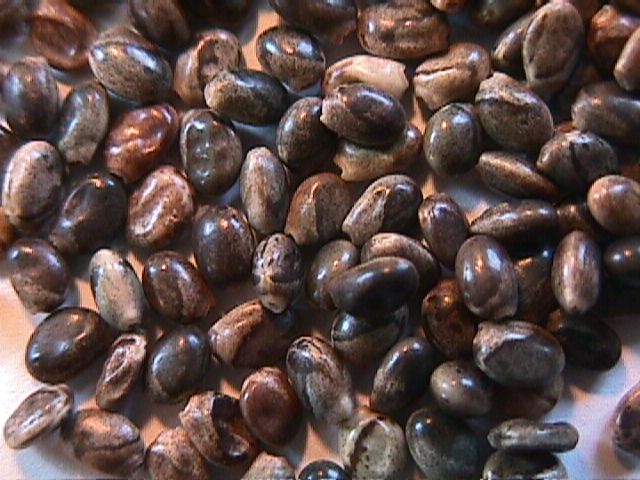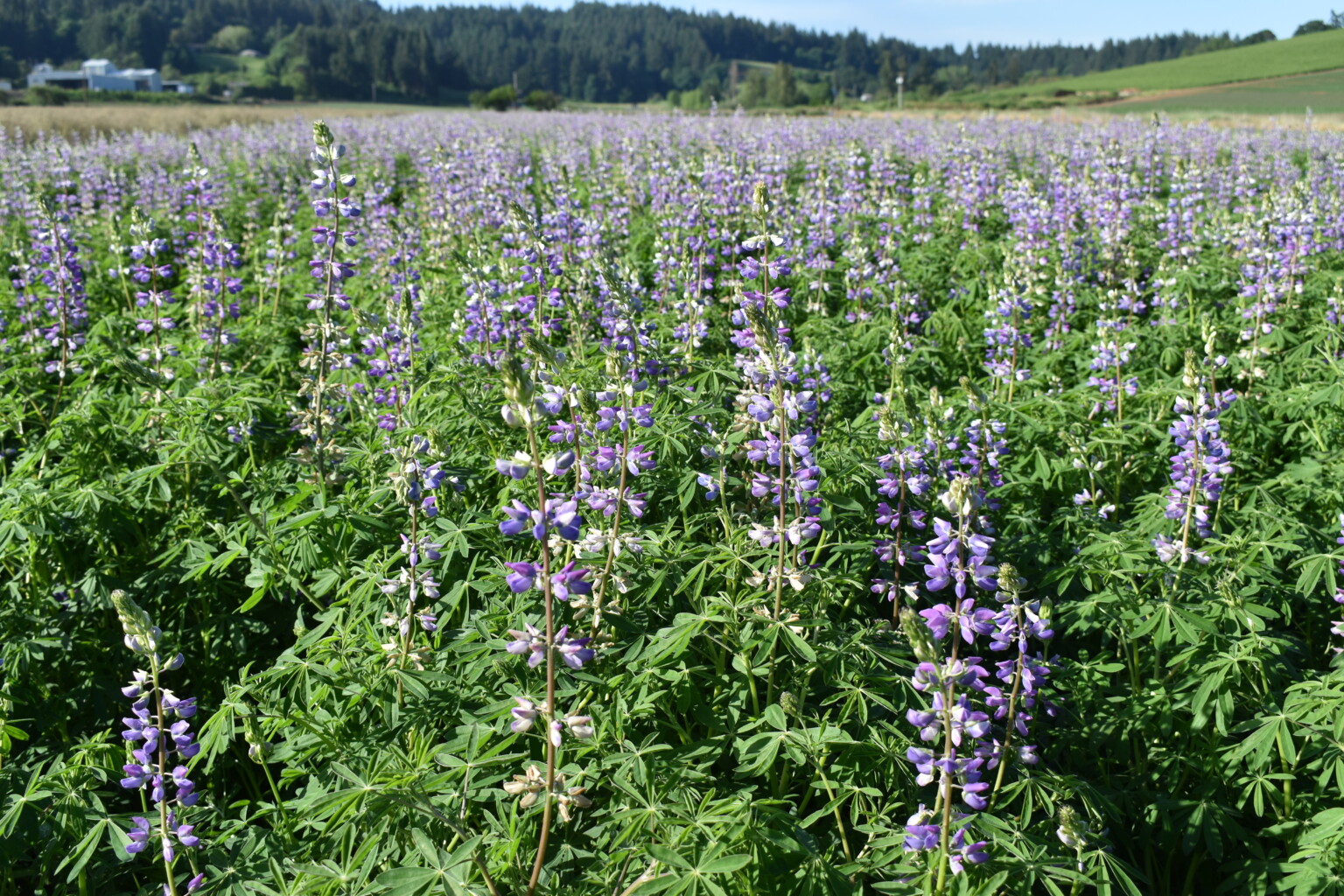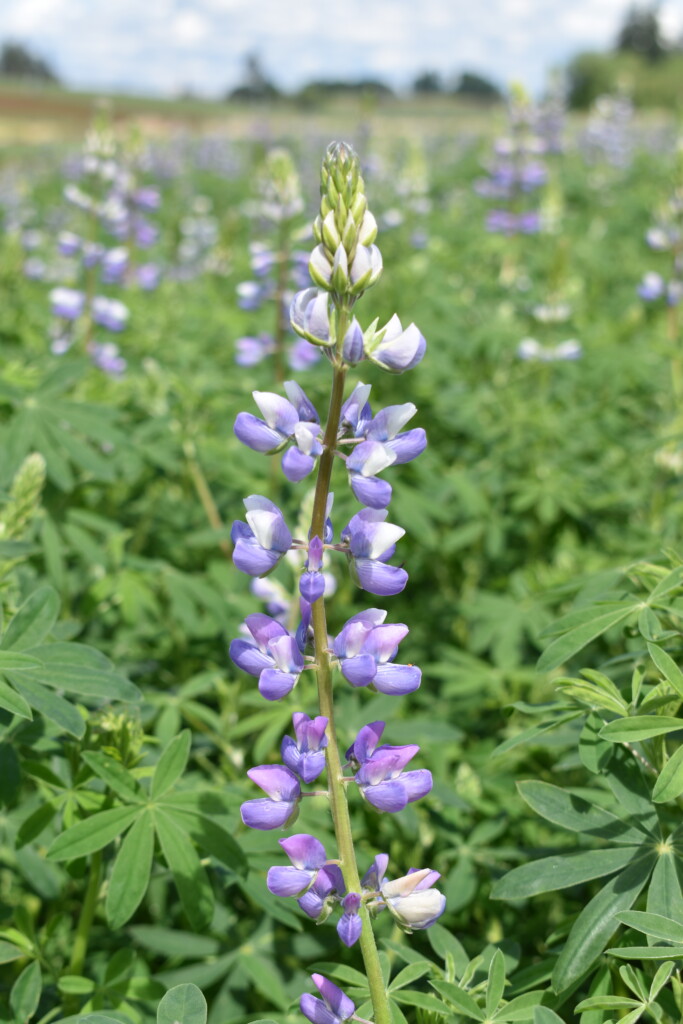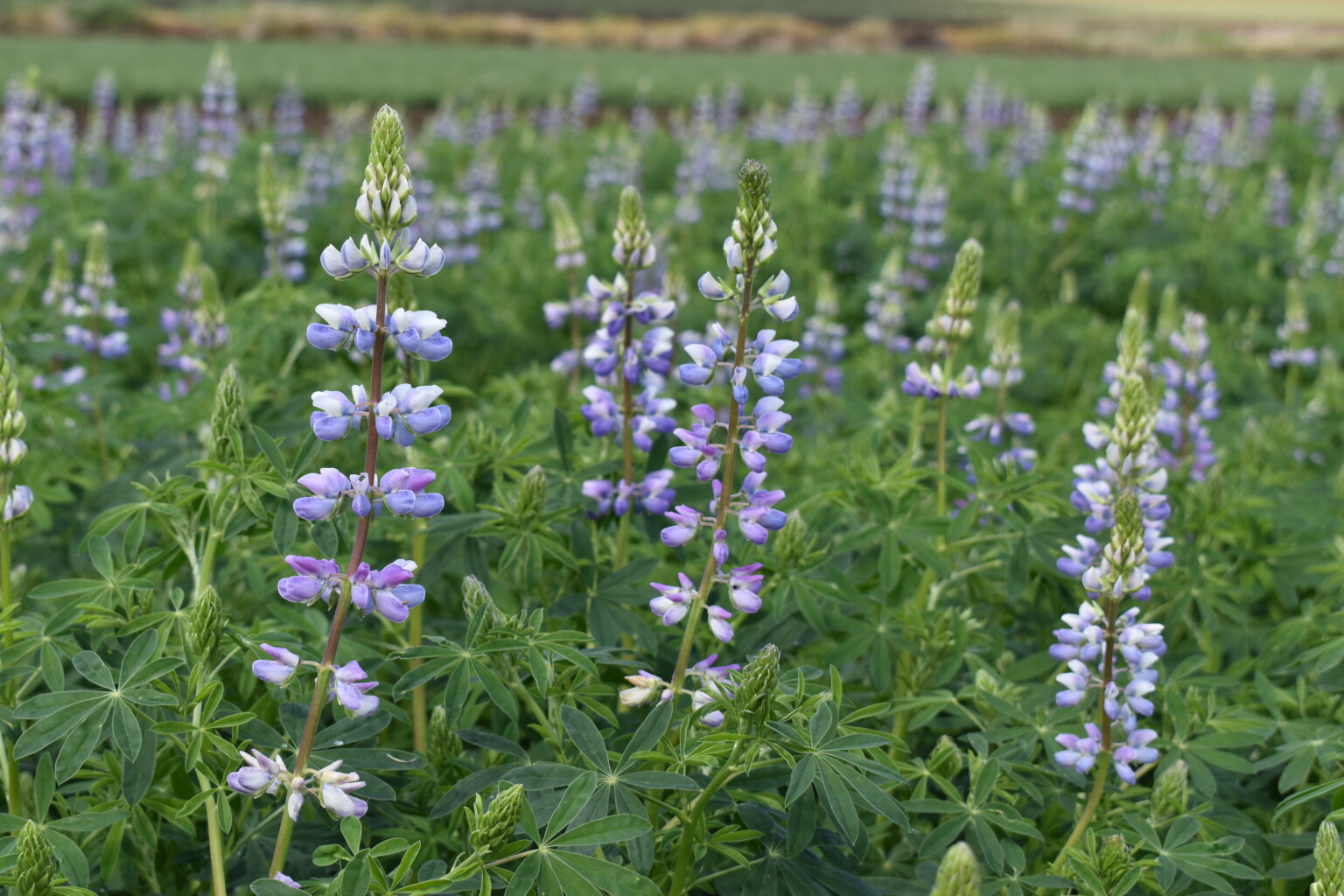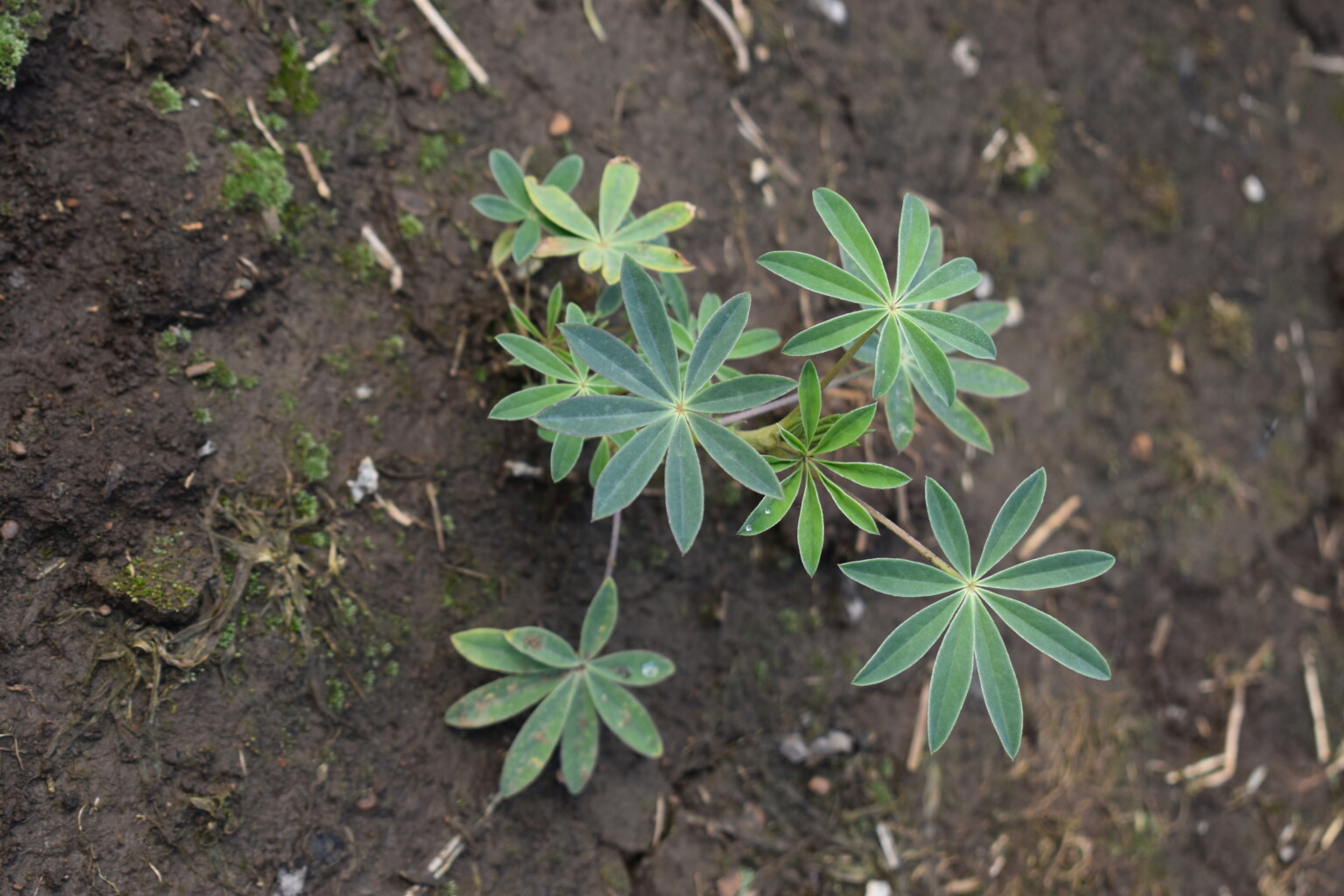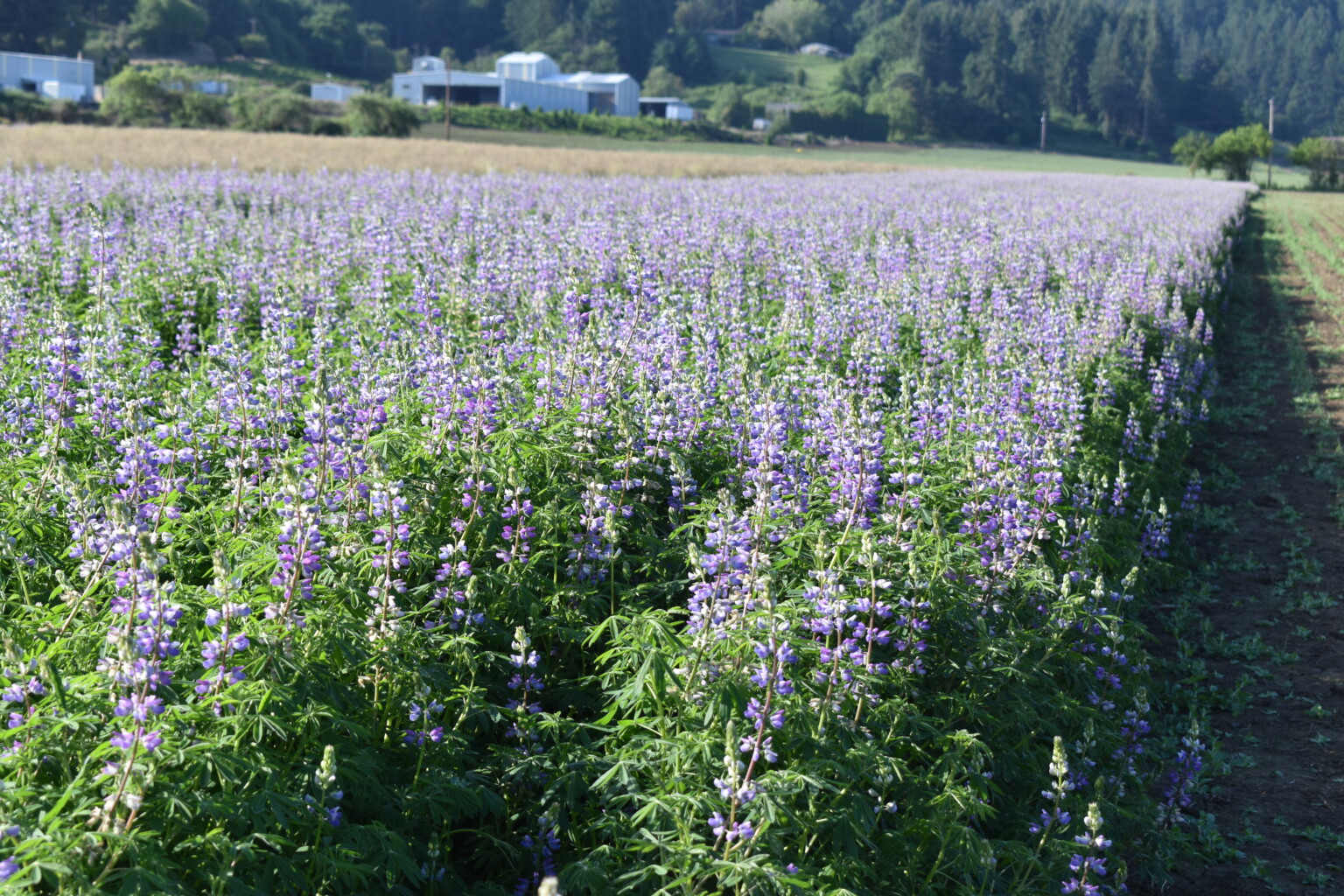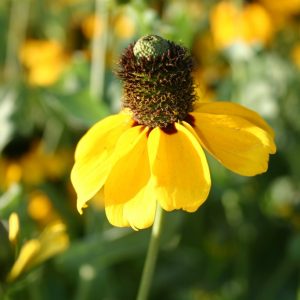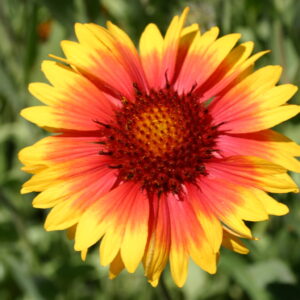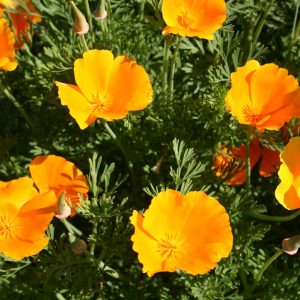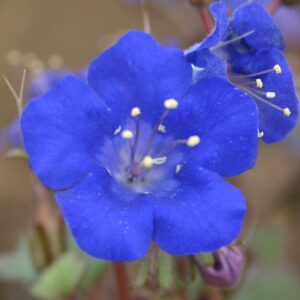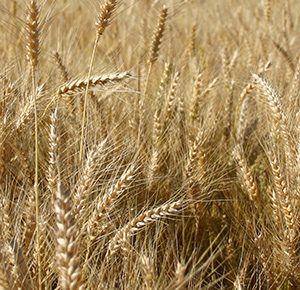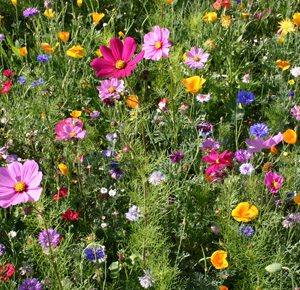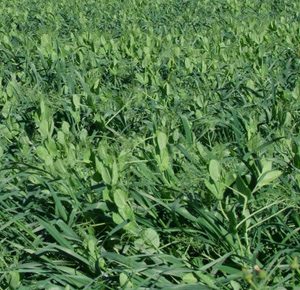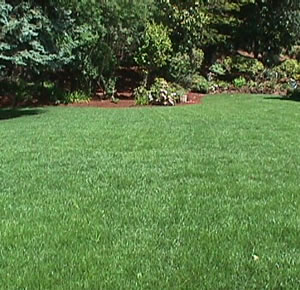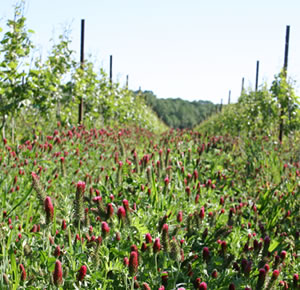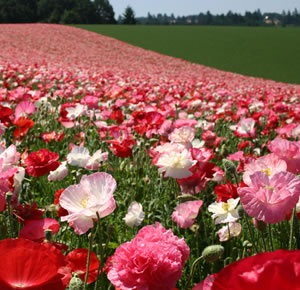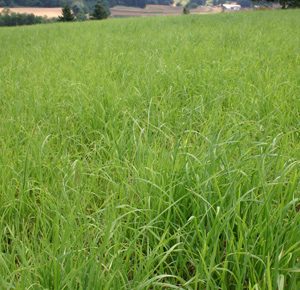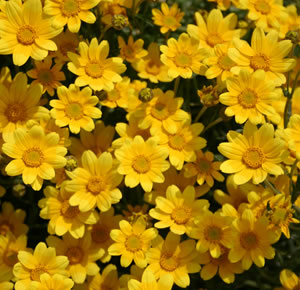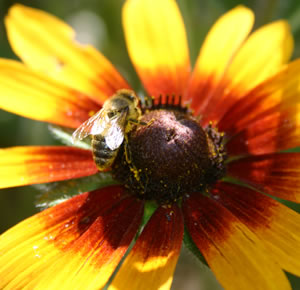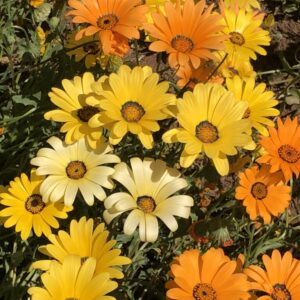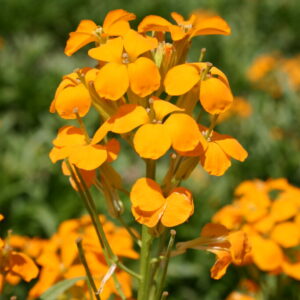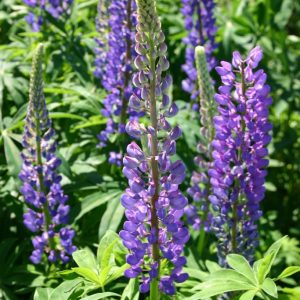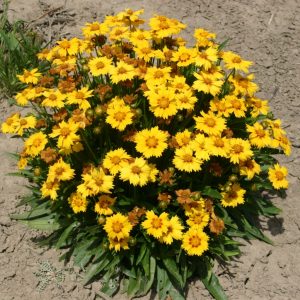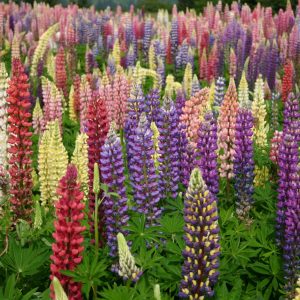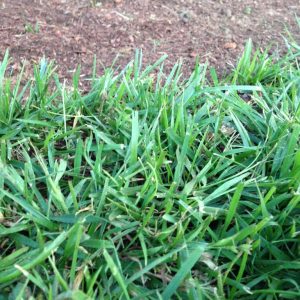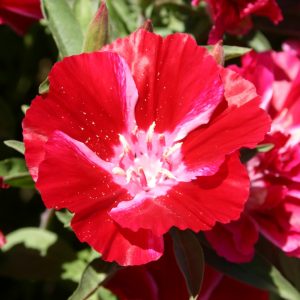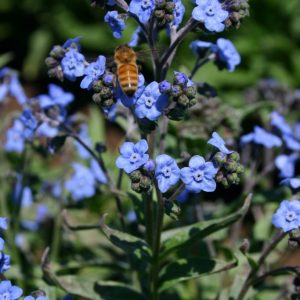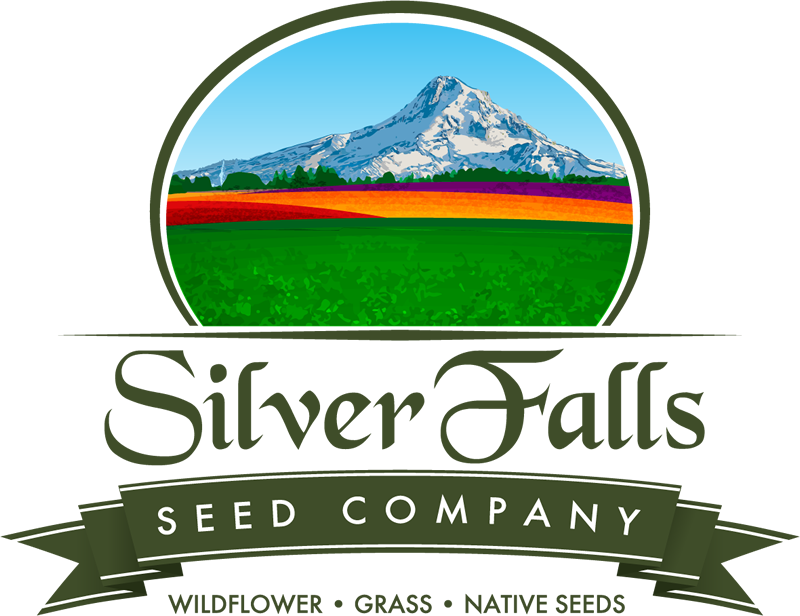Lupine – Riverbank
$2.50 – $45.00
Riverbank Lupine is also commonly referred to as Streambank Lupine and releases a pleasing fragrance when it blooms. This species of lupine is found to have adapted itself to the dry slopes of western Oregon, Washington, Nevada and Northern California (all of which are its native home). This flower is used to aid in reforestation, erosion control, nitrogen fixation and as a winter green manure cover crop. Riverbank Lupine is typically an annual flower but given the right conditions it can be a biennial or short-lived perennial. It is a good cut flower that can grow successfully in well-drained soil and cooler temperatures. Medium moisture is necessary, but no fertilizer should be used when planting this flower. Riverbank Lupine will prosper in nitrogen poor soil. Plant its seeds in the spring or fall. It can be started indoors if it is transplanted when it is still small. This lupine grows best if it is outdoors, in the ground. It needs full sun and will only abide partial shade; if it is given too much shade it won’t grow well.
*Most perennials will not bloom the first year they are planted. They establish a plant the first year and then bloom the second and every year after that. Annuals will give you color the first year you plant them and then can reseed themselves if they like where they are growing. This is why perennials tend to be more expensive. It takes twice as long to get seed off of the plant than an annual when initially planting.
SPECIAL NOTE: Please check with your state Department of Agriculture before planting any lupine seeds to make sure they are not a species that is considered invasive or prohibited to your state. This particular species is Lupinus rivularis – Riverbank Lupine. If you think they are becoming a problem in your area cut them before they set seed and destroy the material before they can seed more plants in the future.
Here is a link to the pdf fact sheet off the USDA Native Plant Database website: Riverbank lupine (Lupinus rivularis) plant fact sheet (usda.gov)
The broadcast rate for seeding is 70 – 87.5 pounds per acre.
The seed drill rate for seeding in rows is 35 pounds per acre.
| Purchasing Options | Price | Quantity | |
|---|---|---|---|
| Small Packet | $2.50 | ||
Covers approximately 5 square feet. |
|||
| 10 Gram | $3.00 | ||
Covers approximately: |
|||
| 1/4 Pound | $12.00 | ||
Covers approximately: |
|||
| 1 Pound | $45.00 | ||
Covers approximately: |
|||
| Scientific Name | Lupinus rivularis |
|---|---|
| Product Type | Native Flower |
| Color | Purple, White |
| Cycle | Perennial |
| Origin | North American Native species |
| Height | 12-40" |
| Germination Time | 15-70 days |
| Planting Season | Spring, Fall |
| Bloom Season | Spring, Summer |
| Weeks to Bloom | 8 to 9 weeks |
| USDA Zone | 7 to 9 |
| Seeds Per Pound | 15,500 |
| Seeding Rate (lb./acre) | 35 |
| Pollen/Nectar | Nectar, Pollen |
| Pollinator(s) | Bats, Bees, Beneficial Insects, Birds |
| Notes | This flower is used to aid in reforestation and Pollination |
| Light Requirement | Full Sun, Part Sun/Shade |
